- Stillwater Public Schools
- Branding and Graphics
Links
-
Staff Email Signatures
Choose from a variety of styles for your SPS email signature. Must be logged into your SPS Google account to access.
-
"Blocky" Font
for most uses - The preferred font for use in Google applications is "Big Shoulders Text" bold & italicized for headers and titles, with Lato used for body.
-
Stillwater S Variations
Approved S variations. Request new variations through the SPS PR & Communications Coordinator.
Pioneer Colors
-
Pioneer BluePANTONE 286
HTML #002d9a
R:0 G:45 B:154
C:100 M:70 Y:0 K:40Pioneer Gold
PANTONE 116
HTML #FFCC00
R:255 G:194 B:16
C:0 M: 25 Y:100 K:0
Design Best Practices
-
To maintain the integrity of the Stillwater graphic identity, consistent and proper use of all components is essential. The approved configurations on this page are intended to apply to most situations.
- The outer dotted line represents the recommended minimum clear space ("1X") boundary or distance to the edge of each logo.
- Clear space is to be kept free of the other logos or type around the logo.
- The "1X" measurement relates to the height of the top/bottom arch on the "S" primary mark (above) and the lettering on the Pioneer mark.
- The institutional wording below the "S" mark should be no closer than "1/2X" to the logo.
- The size ratio between the "S" and the institutional wordmarks are scalable in some instances.
- Avoid any alterations to the graphic.
- Do not stretch or skew the logos vertically or horizontally in a manner that will distort its regular proportions.

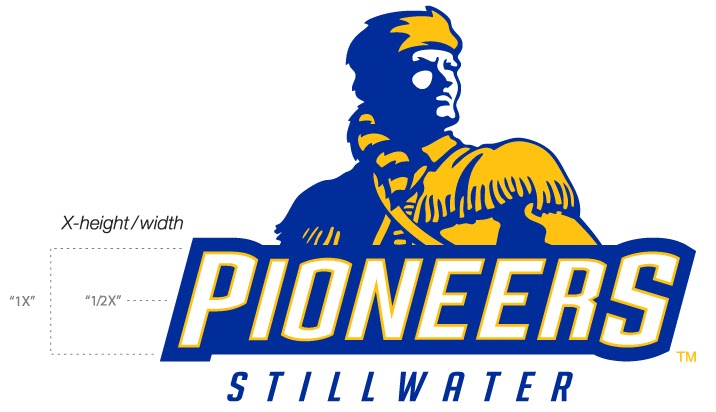
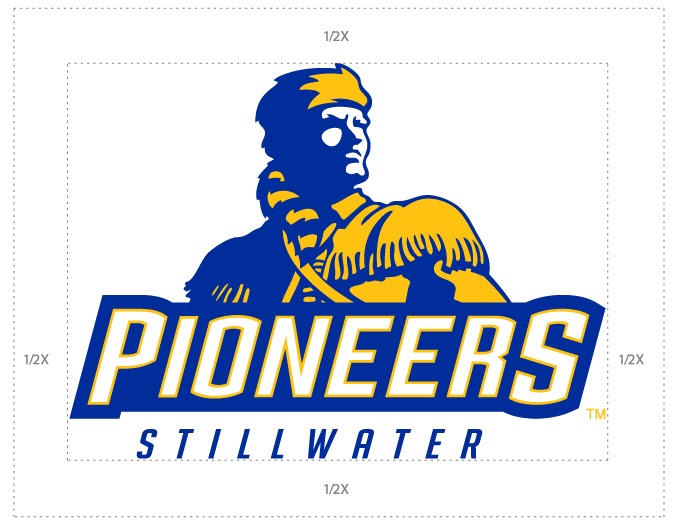 Do not use partial elements of the Stillwater "S." Do not combine elements of the "S" together. The "S" should contain three distinct areas: the inner S, contrasting piping, and the outer trim. Adding a thin element of white or black when necessary to keep the S distinct from a background is permissible.1)
Do not use partial elements of the Stillwater "S." Do not combine elements of the "S" together. The "S" should contain three distinct areas: the inner S, contrasting piping, and the outer trim. Adding a thin element of white or black when necessary to keep the S distinct from a background is permissible.1)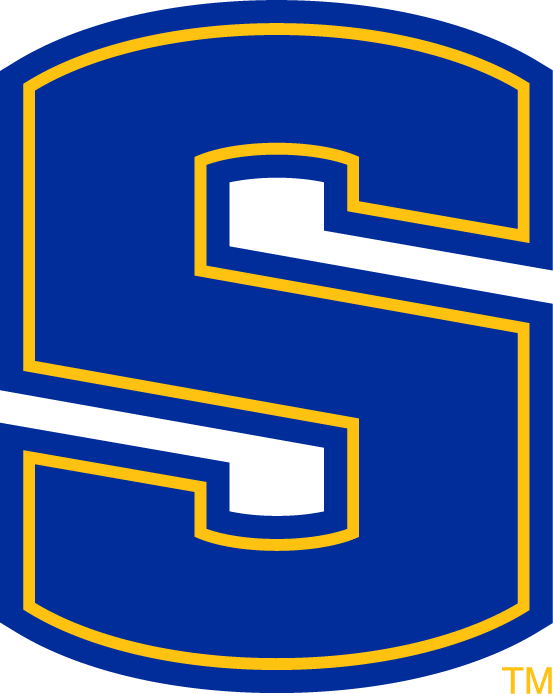 2)
2) 3)
3)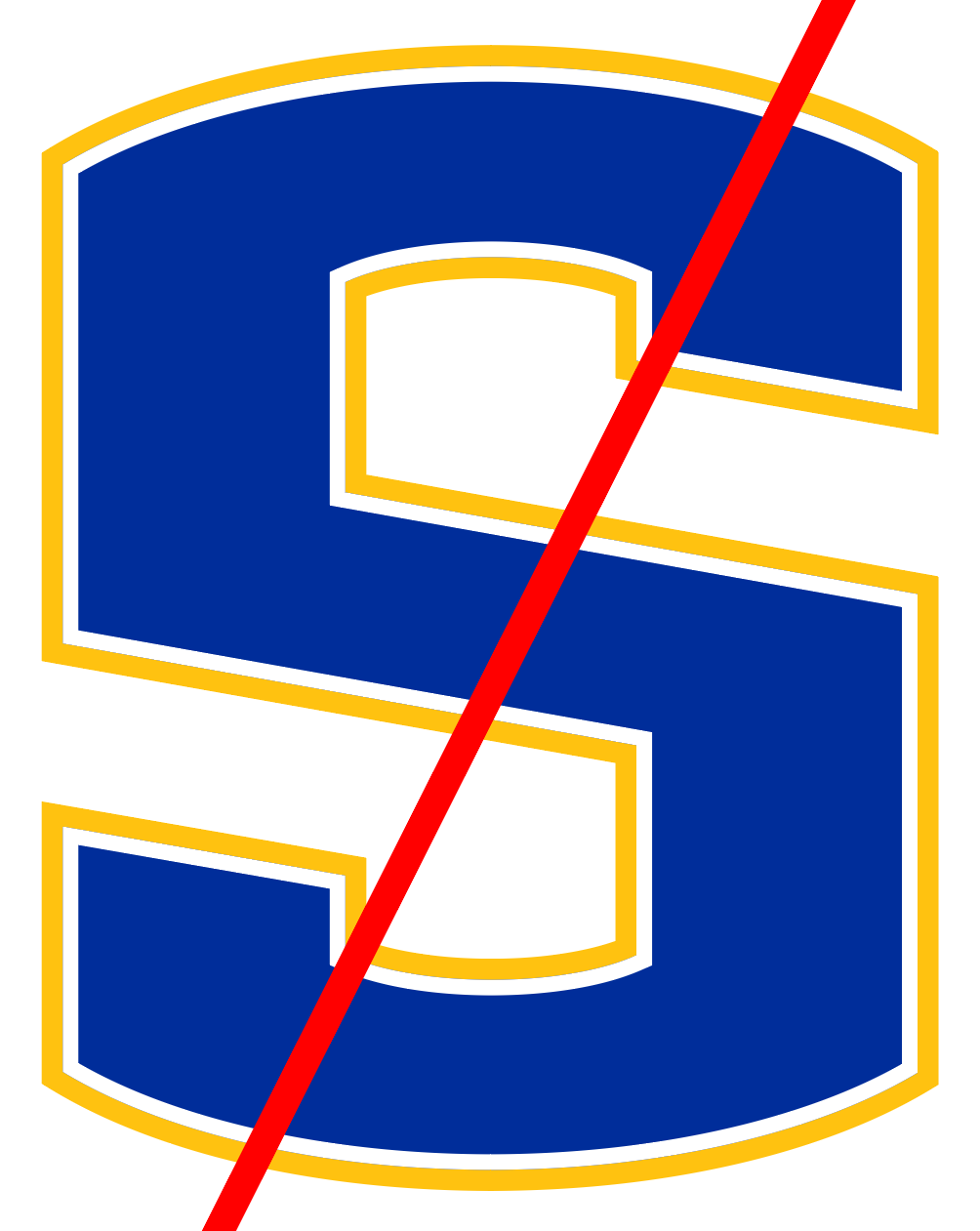 4)
4)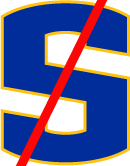 5)
5)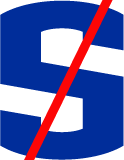 1) Preferred -All 3 pieces - Core, Piping and outer TrimColors can vary2) Allowed Rarely - Piping and Trim merged. Used only when manufacturing limitations necessitate3) Not Allowed - Attempt to mimic official S with different dimensions4) Not Allowed - Missing Trim5) Not Allowed -Missing Trim and PipingDo not stretch, squish, or skew the logos
1) Preferred -All 3 pieces - Core, Piping and outer TrimColors can vary2) Allowed Rarely - Piping and Trim merged. Used only when manufacturing limitations necessitate3) Not Allowed - Attempt to mimic official S with different dimensions4) Not Allowed - Missing Trim5) Not Allowed -Missing Trim and PipingDo not stretch, squish, or skew the logos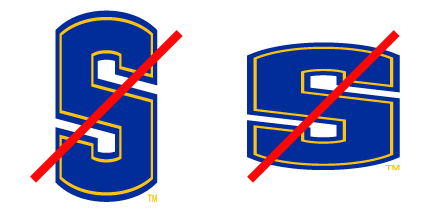

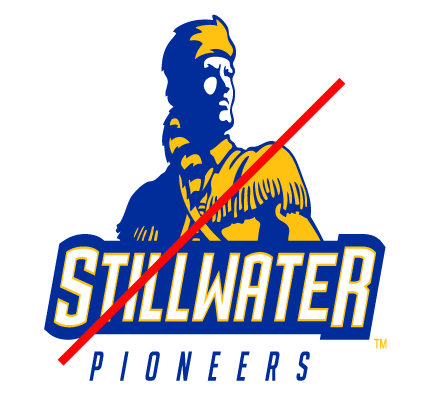
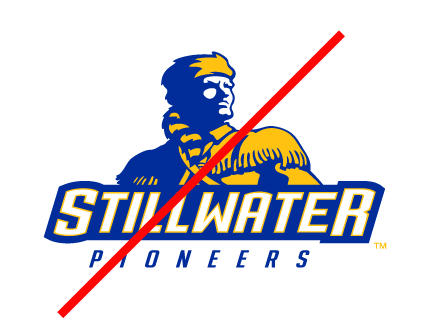
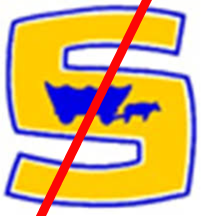 The "Oxen Wagon S" is a retired mark and should never be used on SPS branded letterhead, uniforms, or apparel.
The "Oxen Wagon S" is a retired mark and should never be used on SPS branded letterhead, uniforms, or apparel.If used in retro spirit wear sold by local merchants, it must contain the words "vintage," "alumni," "old school," or similar verbiage. Any such designs should be approved by the districts PR and Communications Coordinator, communications@stillwaterschools.com.
Do not use clip art or create new artwork to create your own Stillwater Pioneers logo or S.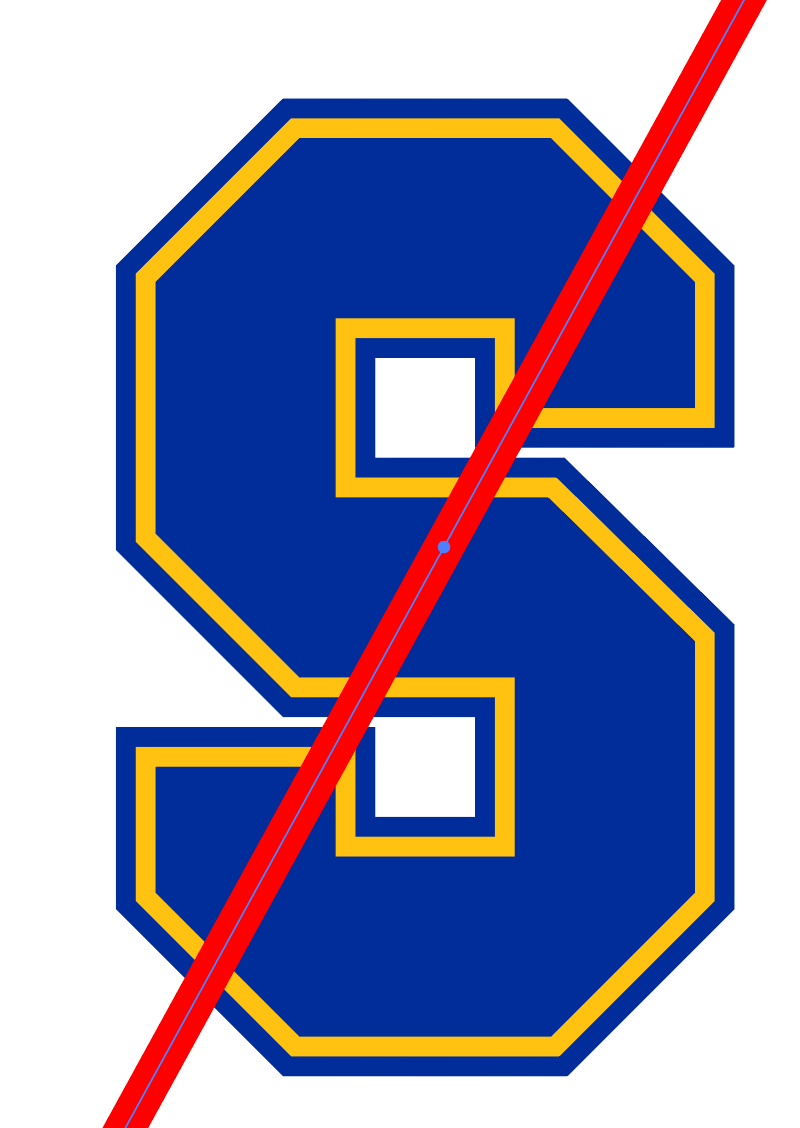
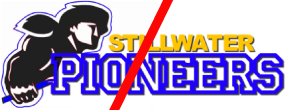
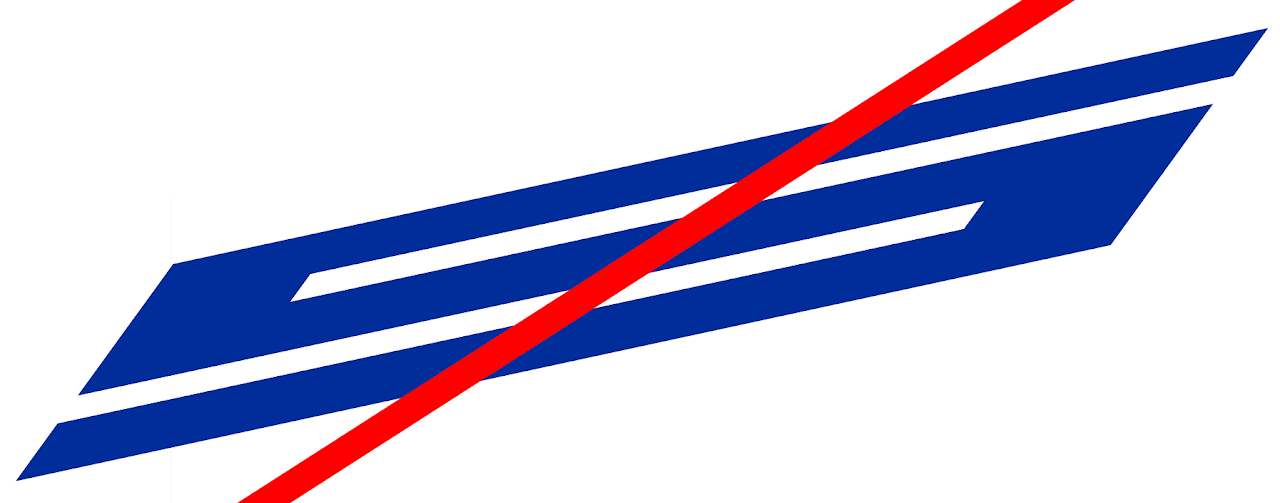 Copyright Violations
Copyright ViolationsDo not modify other graphics to represent the Stillwater Pioneers, any district school, or organization. Though your intent might be to tribute or honor the organization whose marks you are using, this is a violation of copyright law. Changing colors, reflecting, stretching, skewing, or any other modifications to designs is not enough to avoid potential legal action. Fines for copyright violations range from $200 to $150,000 for each work infringed. If you have any questions about artwork you are considering, please contact Barry Fuxa, PR & Communications Coordinator, bfuxa@stillwaterschools.com, 405-707-5025.
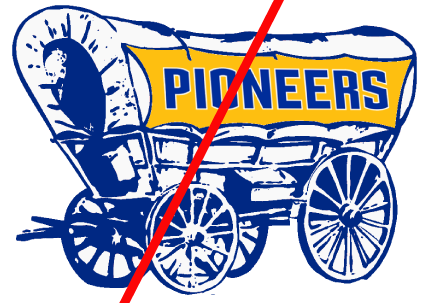
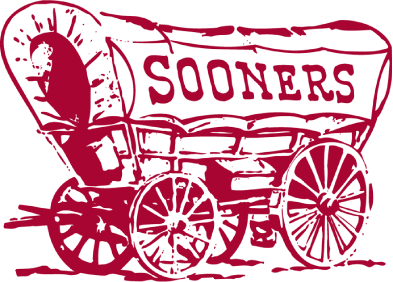
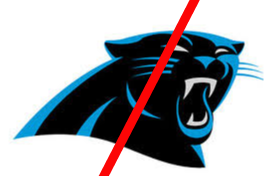

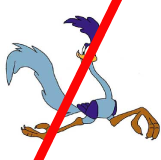
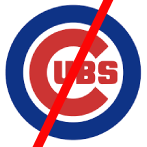
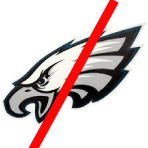
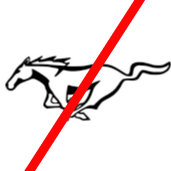
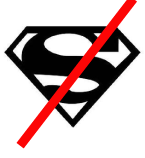
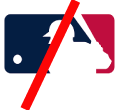 The Sooner Schooner, Carolina Panthers, Houston Rockets, Looney Tunes Roadunner, Chicago Cubs, Philadelphia Eagles, Ford Mustang, Superman "S" Shield, and Major League Baseball logos are the property of their respective owners. These graphics are just a small representation of graphics that should not be used. The logos of other organizations should not be used or adapted or use.
The Sooner Schooner, Carolina Panthers, Houston Rockets, Looney Tunes Roadunner, Chicago Cubs, Philadelphia Eagles, Ford Mustang, Superman "S" Shield, and Major League Baseball logos are the property of their respective owners. These graphics are just a small representation of graphics that should not be used. The logos of other organizations should not be used or adapted or use.
For any questions contact the SPS PR & Communications Coordinator, communications@stillwaterschools.com, 405-707-5025.
Graphics
-
Need a graphic that isn't shown here? Contact the SPS PR & Communications Coordinator at 405.707.5025 or communications@stillwaterschools.com.
If the graphics are not displaying below, please click here to access the folders.
Legal Information
-
In accordance with board policy, Stillwater Public Schools employees will obey federal, state, and local laws, and refrain from violating copyright regulations. SPS employees, students organizations, and any person or organizations acting in affiliation with the district will refrain from copyright violations such as:
-
using copyrighted music, photos, or graphics in video or audio presentations outside of "fair-use" provisions
-
use of artwork not owned nor legally allowed to be used by the district, such as logos, mascots, or characters
-
sharing of graphic or photography files created for the district by a vendor to another vendor (e.g. After a t-shirt vendor designs a unique shirt, you send that artwork to a different vendor to print stickers)
STILLWATER BOARD OF EDUCATION - POLICY CHTRADEMARKS, LOGOS AND TRADE NAMESThe board recognizes the importance of protecting its trademarks, logos and trade names from unauthorized use. Therefore, the board actively defends their trademark status in order to achieve the following objectives:
-
Protect the school district’s trademarks and logos through licensing and enforcement; and
-
Protect and promote the school district’s positive image.
All of the names, trademarks, logos, and/or symbols of Stillwater Public Schools, including but not limited to the names “Stillwater Public Schools” and “Stillwater Pioneers” are trademarks registered with the Oklahoma Secretary of State or are otherwise entitled to protection under the common law. Any use of a Stillwater Public Schools trademark must have prior written approval from Stillwater Public Schools and must be produced, manufactured or sold under license from Stillwater Public Schools. The board delegates to the superintendent authority to enter into contracts for licensing of trademarks and logos.
STILLWATER BOARD OF EDUCATION - POLICY EFEA-RUSING COPYRIGHTED MATERIAL (REGULATION)The Stillwater Public Schools copyright policy and accompanying regulations have been developed to provide the employees of the Stillwater Public Schools with an overview of the U. S. Copyright Laws. Since educators deal every day with the communication of ideas, concepts and information contained in works that are copyrighted, it is vital that educators have an understanding of the copyright laws and their interpretations, in particular as they pertain to use in a school setting.
Copyrights are governed by 17 U.S.C. Sec. 101 et seq. The copyright law gives no protection to intangibles (such as ideas, processes, systems, principles or discoveries), only the manner in which an intangible is expressed. Authorship and thus copyright protection is therefore afforded to tangible means of expression, such as literary, musical, and dramatic works; pantomimes and choreographic works; pictorial, graphic, and sculptural works; motion pictures and audiovisual works; and sound recordings. Authors have the exclusive rights to authorize reproduction of their works; preparation of derivative works; distribution of copies of their works; public performances of their works; and displays of their works.
The “fair use” provision of the copyright law allows reproduction for purposes of teaching; however, there are four criteria that must be met in determining if the use made of a work is “fair use”:
1. the purpose and character of the use, including whether such use is of a commercial nature or is for nonprofit educational purposes;
2. the nature of the copyrighted work
3. the amount and substantiality of the portion used in relation to the copyrighted work as a whole; and
4. the effect of the use upon the potential market for or value of the copyrighted work (Title 17 U.S. Code Section 107).
There is often a misconception among educators that anything may be copied if its purpose is instructional. This is not the case. All four of the above criteria must be met, not just “purpose of use”. With the advent of computers and other types of technology that make it easy to copy, manipulate, change and store information, copyright can become more confusing. A simple rule of thumb to remember is that a work is copyrighted when it becomes fixed in a tangible medium, whether it be a book, magazine article, video, audio cassette tape, e-mail, Internet Web page. In addition, works produced on or after March 1, 1989 do not have to carry a copyright notice (words and/or copyright symbol) or be registered with the U. S. Copyright Office in order to be considered copyright protected.
The copyright policy and regulations of the Stillwater Public Schools are intended to guide educators in understanding the basics of copyright law. It is not possible to cover every possible scenario that might arise during the instructional process. Educators are encouraged to stay informed and comply with the law by following these suggestions:
1. Become familiar with copyright basics by reading and following the Stillwater Public Schools Copyright Policy and Regulations. An additional source to consult is The Copyright Primer for Libraries and Educators by Janis H. Bruwelheide. Copies are available at the Professional Development Center and each SPS school library.
2. Consult the U. S. Copyright Office. Online information and services are available on the Internet at http://www.copyright.gov/.
3. When in doubt, ask permission.
Television/Video and AudioShowing Videos
Commercially produced videos normally have an “FBI Warning” notice of copyright preceding the show. This warning states that the video cannot be shown publicly. Although the showing of videos in a school is considered to be a showing in a public place, Congress has granted schools an exemption from the copyright owner's protected rights.
Non-infringements
The copyright law permits schools to show a video without any prior approval from the copyright owner if the video
1. is a legally obtained copy;
2. is shown by a teacher, student, or guest lecturer;
3. is shown in "face to face‟ instruction;
4. is shown as part of teaching activities devoted to instruction;
5. is shown in classrooms or similar places in a nonprofit educational institution; and
6. is shown for free.
Infringements
Videos cannot be shown for entertainment, reward, or recess.
Guidelines for Videorecording for Educational Uses
Videorecording off the air* is permitted for limited periods of time under the following guidelines:
1. Videorecordings cannot be kept for more than 45 days, unless otherwise stated. After 45 days, the videorecordings must be destroyed or erased. If a station allows a program to be recorded and kept for a longer period of time, the videorecording may be used more than once.
2. Videorecordings can only be used for “relevant teaching activities” during the first 10 days after the recording is made.
A. The recording may only be used once in the classroom by individual teachers and “repeated only once when instructional reinforcement is necessary."
B. Between the 10th and 45th days, the recordings can only be used for evaluation purposes.
*Off-air stations include ABC, CBS, Fox, NBC, PBS and certain other network or independent broadcast stations. Other stations received from cable/satellite/Internet TV are considered pay stations; therefore, copyright law protects them.
Mandatory Practices1. Movies or portions of movies may be shown in the classroom with the advance approval of the building principal or designee. No R- or NC-17-rated videos will be shown in the classroom.
2. Teachers will preview videos, including those available on the Internet, before showing them in the classroom to ensure they are appropriate for the curriculum and the age of the students, as well as avoiding any cultural bias or stereotypes. If the teacher has any doubt as to the suitability of the material, the building principal should review the video and make a suitability determination.
Computer Software/Multimedia Copyright Regulations-
All software purchased by the district for classroom, lab, media center, and office use remains the property of the district and may be used only in school-sponsored programs and activities. No employee or student may make a personal copy of any district-owned software.
-
Illegal copies of copyrighted software programs may not be made or used on school equipment.
-
Legal copies of copyrighted software programs must observe software licensing agreements of copyright holders and must be obtained and made by the Stillwater Public Schools' authorized representative(s).
-
One archival, or backup, copy of copyrighted software purchased by or donated to the office may be made, unless an applicable licensing agreement prohibits copying for any purpose.
-
Multiple loading of software is prohibited unless written permission has been obtained or unless the software is advertised as multi-load.
-
Use of software on a networked computer system is prohibited unless written permission is obtained or unless the networked version is used. Instructional software must be approved by the district software curriculum committee and administrative software must be approved by the director of technology.
-
Installation of public domain software is prohibited on any district computer.
-
Computer software developed by Stillwater Public Schools employees and students on equipment owned by the district and/or during the school day is the sole property of the district. Distribution of such software by the individual without written permission of the district is strictly prohibited.
-
Software on preview must not be copied and must be returned or purchased after a reasonable evaluation period.
-
The superintendent or designee may sign district duplication rights agreements or licenses for software for schools within the district.
-
Employees of the district shall not encourage or allow any student to surreptitiously or illegally duplicate computer software or access any database or electronic bulletin board.
-
The technology department is solely responsible for the duplication of all computer software licensed for district-wide use.
-
Without the express consent of a database vendor, a teacher or student may not keep archival copies of downloaded works or make commercially available the downloaded material.
Owning a legal copy of a software program is not the same as owning the copyright rights. The “fair use” criteria apply to all types of material, even new technologies. Another way to determine if the copyright laws are being followed when using computer software is to ask three questions: (1) Would I perform this use with print media (i.e., book or article) in this setting? (2) Am I doing something to prevent purchase, lease, and/or licensing? (3) Do I hope I will not get caught? An affirmative answer to any of these questions can mean that the activity is questionable.
InfringementsExamples of infringements, not all-inclusive:
-
Making a personal copy of any district owned software.
-
Installing illegal copies of software on school equipment.
-
Use of computer software on a network without a network license.
-
One CD-ROM installation on several computers without a license for the number of installations.
-
Use of a scanner to scan magazine photographs or copyrighted material without permission from publisher.
-
Development of multimedia programs from copyrighted materials.
-
Converting slides or filmstrips to another medium without permission of copyright holder.
-
Using copyrighted music in performances that is not owned by the individual.
-
Using copyrighted music in a presentation for Staff Development or Educational Conference without permission.
-
Using copies of software on school computers. The teacher must own the original.
-
Accessing an electronic database that charges a fee without permission from the technology director or curriculum director.
Facsimile Sharing of Prints and GraphicsThe guidelines for copyright involving printed materials and graphics revolve around three standards: brevity, spontaneity, and cumulative effect. There may be cases in which copying does not fall under the guidelines but may nonetheless be permitted under the criteria of fair use.
Infringements
Examples of infringements, not all-inclusive
-
Copying to create or replace anthologies, compilations, or collective works
-
Copying consumable works; i.e., workbooks, exercises, standardized tests and test booklets, answer sheets, etc.
-
Copying to substitute for the purchase of books, publishers‟ reprints, or periodicals
-
Copying the same item from term to term or copying an item once and using it over and over from term to term (school semester or school year)
-
Making multiple copies more than nine times for one course during one term
-
Making copies of more than one short poem, article, story, essay or two excerpts from the same author or more than three items from the same collective work or periodical volume during one class term
-
Putting a copyrighted work into a computer for student use, unless the work is not stored for more than the short time needed to permit the student's use
-
Charging students beyond the actual cost of photocopying (i.e., charging to make a profit).
Non-infringements
Examples of non-infringements, not all-inclusive: A teacher may make a single copy of the following for research of or preparation for teaching
-
A chapter from a book
-
An article from a newspaper or periodical
-
A short story, short essay, or short poem
-
A chart, diagram, graph, drawing, cartoon or picture taken from a book, periodical or newspaper
A teacher may make multiple copies (1 per student) of the following for classroom use:
-
A complete poem of less than 250 words
-
An excerpt of not more than 250 words from a longer poem
-
A complete prose work (article, story, essay) if it is less than 2,500 words
-
An excerpt of not more than 500 words from a prose work between 2,500 and 5,000 words *
-
An excerpt of not more than 10% of a prose work between 5,000 and 10,000 words *
-
An excerpt of not more than 1,000 words from a prose work which is greater than 10,000 words *
-
One illustration (chart, diagram, graph, drawing, cartoon, picture) per book or periodical issue
-
Not more than two pages and 10% of the words of “special works”, i.e., children's picture books
In addition, teachers may
1. Project copyrighted material onto a projection screen or wall for instruction purposes.
2. Perform copyrighted dramatic works without permission from copyright owner as part of a teaching activity in a classroom or instructional setting. All other performances (i.e., in front of audiences) require permission.
*Any of the numerical limits may be exceeded in order to complete a line of poetry or a paragraph of prose.
Music/Theatre Copyright Regulations
Royalties must be paid, as specified by the publisher, for the public performance of copyrighted plays or music.
Infringements
Examples of infringements, not all-inclusive
-
Reproducing copyrighted music recordings from one format to another (record album to tape)
-
Recording plays or music from a television broadcast (different rules for radio)
-
Copying copyrighted materials for the purpose of performance
-
Using copyrighted recordings as background for entertainment presentations
Non-infringements
Examples of non-infringements, not all-inclusive
-
Sheet music or plays may be copied for temporary use, if a purchase order for the original material has been processed, but the material has not been received.
-
Multiple copies of excerpts of works may be made for academic purposes, not performance, if the excerpt is--
-
NOT a performable unit (aria, movement, scene);
-
NOT more than 10% of entire work;
-
NOT more than one copy per student in class; and
-
Copyright notice appears on copy.
-
-
One copy of an entire performable unit (aria, movement, scene) may be made for academic purposes (research, preparation to teach a lesson) if -
-
Work is out of print;
-
Unit is not available except in a larger work; and
-
Copyright notice appears on copy.
-
-
A single copy of a sound recording owned by the teacher or the institution may be made for the purpose of constructing aural exercises or tests.
-
Printed copies which have been purchased may be edited or simplified if the fundamental character of the work is not distorted or the lyrics altered/added.
-
Copyrighted music recordings may be used as background for instruction, but not as background for entertainment.
Internet-
The rights of the owner of material on the Internet are exactly the same as the rights for the owner of traditional materials. Material found on the Internet should be deemed to be copyright protected.
-
The rights of the copyright holder include:
A. The sole right to make copies;
B. The sole right to distribute copies;
C. The sole right to produce derivative copies; and
D. The sole right to perform or display a work publicly.
-
All the criteria for “fair use” apply to works on the Internet just as they apply to other materials.
Digital Transmission (Distance Education)The Technology, Education, and Copyright Harmonization Act of 2001 (the TEACH Act) provides that it is not copyright infringement for teachers and students in an accredited, nonprofit educational institution to transmit performances and displays of copyrighted works as part of a course if certain conditions are met. If these conditions are not or cannot be met, use of the material will have to qualify as a fair use or permission from the copyright holder(s) must be obtained.
-
Teachers who want to incorporate works into digital transmission for instructional purposes must:
A. Avoid the use of commercial works that are sold or licensed for purposes of digital distance education.
B. Avoid the use of pirated works, or works where the teacher may otherwise have reason to know the copy was not lawfully made.
C. Generally limit the use of works to an amount and duration comparable to what would be displayed or performed in a live physical classroom setting.
D. Supervise the digital performance or display, make it an integral part of a class session, and make it part of a systematic mediated instructional activity. In other words, teachers should interactively use the copyrighted work as part of a class assignment in the distance education course. It should be made by, at the direction of, or under the supervision of the instructor; and directly related and of material assistance to the teaching content. It should not be an entertainment add-on or passive background/optional reading.
E. Use software tools provided by the district to limit access to the works to students enrolled in the course, to prevent downstream copying by those students, and to prevent the students from retaining the works for longer than a class session. The performance or display must be for, and technologically limited to, the students enrolled in the class.
F. Notify the students that the works may be subject to copyright protection and that they may not violate the legal rights of the copyright holder(s). A sample notice might read:
The materials on this course Web site are only for the use of students enrolled in this course for purposes associated with this course and may not be retained or further disseminated.
-
The TEACH Act permits the transmission of the following:
A. Performances of all of a nondramatic literary or musical work. Nondramatic literary works, as defined in the Act, exclude audiovisual works; thus, examples of permitted performances in which entire works may be displayed and performed might include a poetry or short story reading. Nondramatic musical works would include all music other than opera, music videos (because they are audiovisual), and musicals.
B. Reasonable and limited portions of any other performance. This would include all audiovisual works such as films and videos of all types, and any dramatic musical works excluded above.
C. Displays of any work in amounts comparable to typical face-to-face displays. This would include still images of all kinds.
-
Excluded from coverage are the use of works primarily produced or marketed for in-class use in the digital distance education market; works the instructor knows or has reason to believe were not lawfully made or acquired; and textbooks, coursepacks, and other materials typically purchased by students individually. 3. Conversion from Analog to Digital The TEACH Act specifically authorizes the digitization of print or other works in analog format under the following conditions: A. Only the amounts authorized to be performed or displayed may be digitized; and B. There is no digital version available to the district; or C. The digital version that is available to the district is technologically protected in a manner that prevents its use for unauthorized purposes. D. Such copies are retained only by the district and used only for the activities authorized by copyright law.
Permission for UseEmployees are encouraged to seek written permission for use of copyrighted materials which have instructional value but which cannot be purchased because of lack of funds or availability. A request for permission should include:
--Specific description of the item to be copied (title, author, edition, page numbers, frames, excerpts, etc.);
--Type of duplication and number of copies; and
--Plans for usage and distribution of copies and the frequency of use.
-

